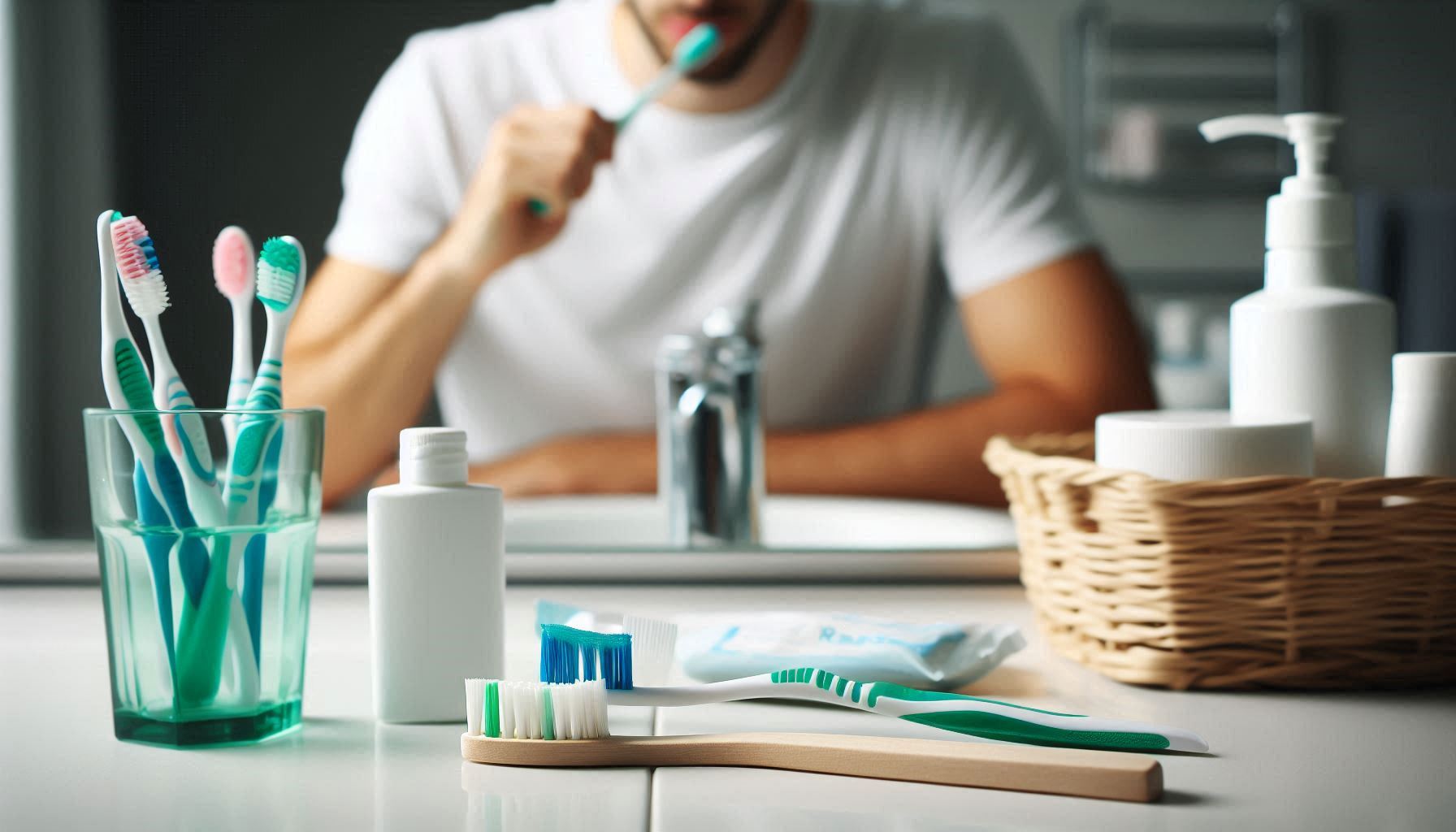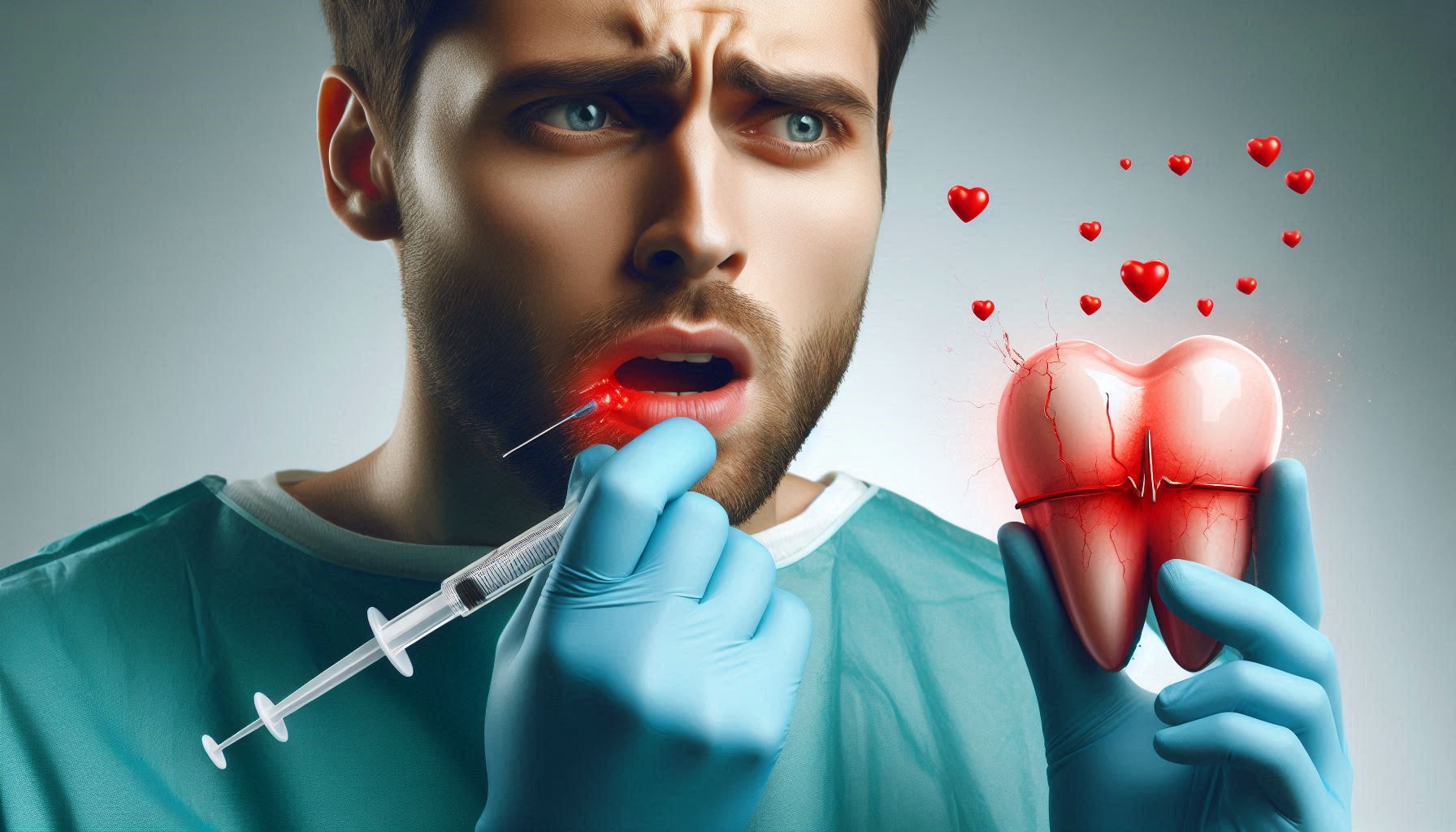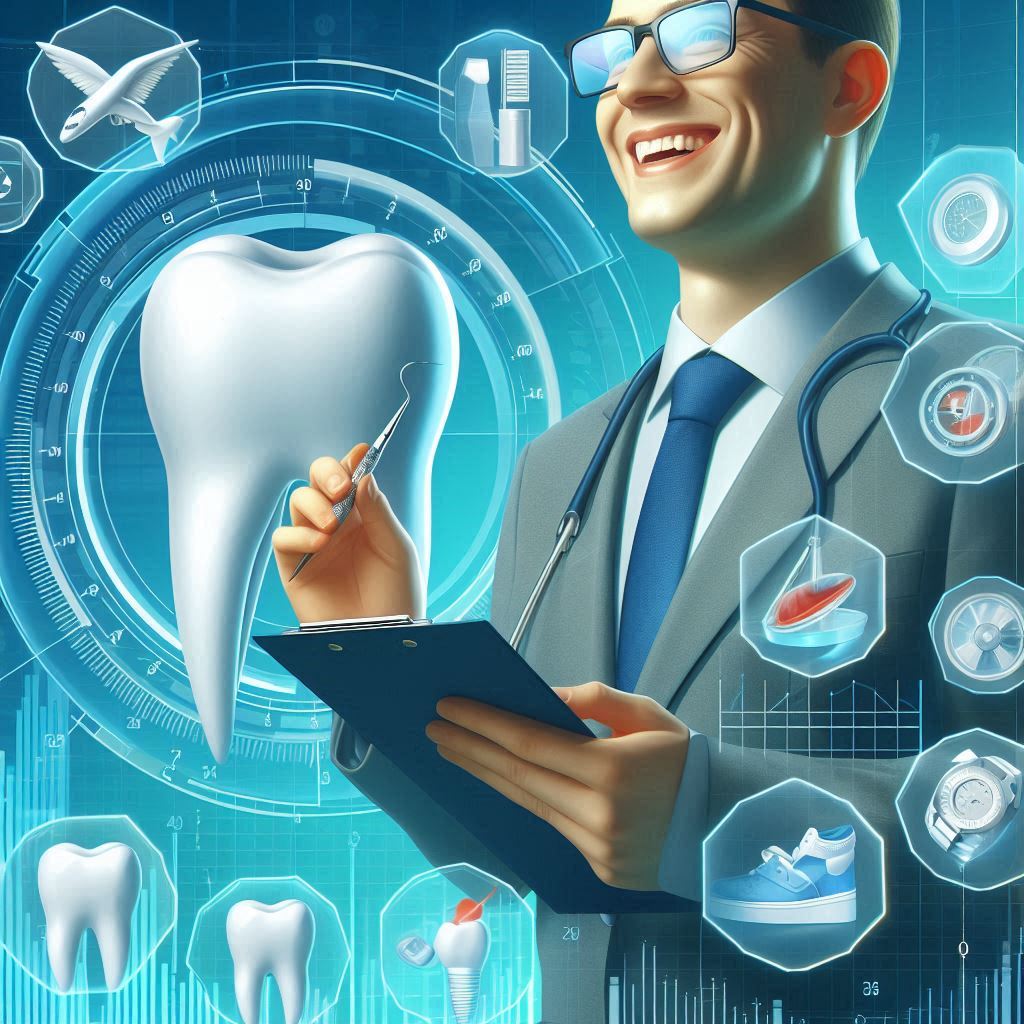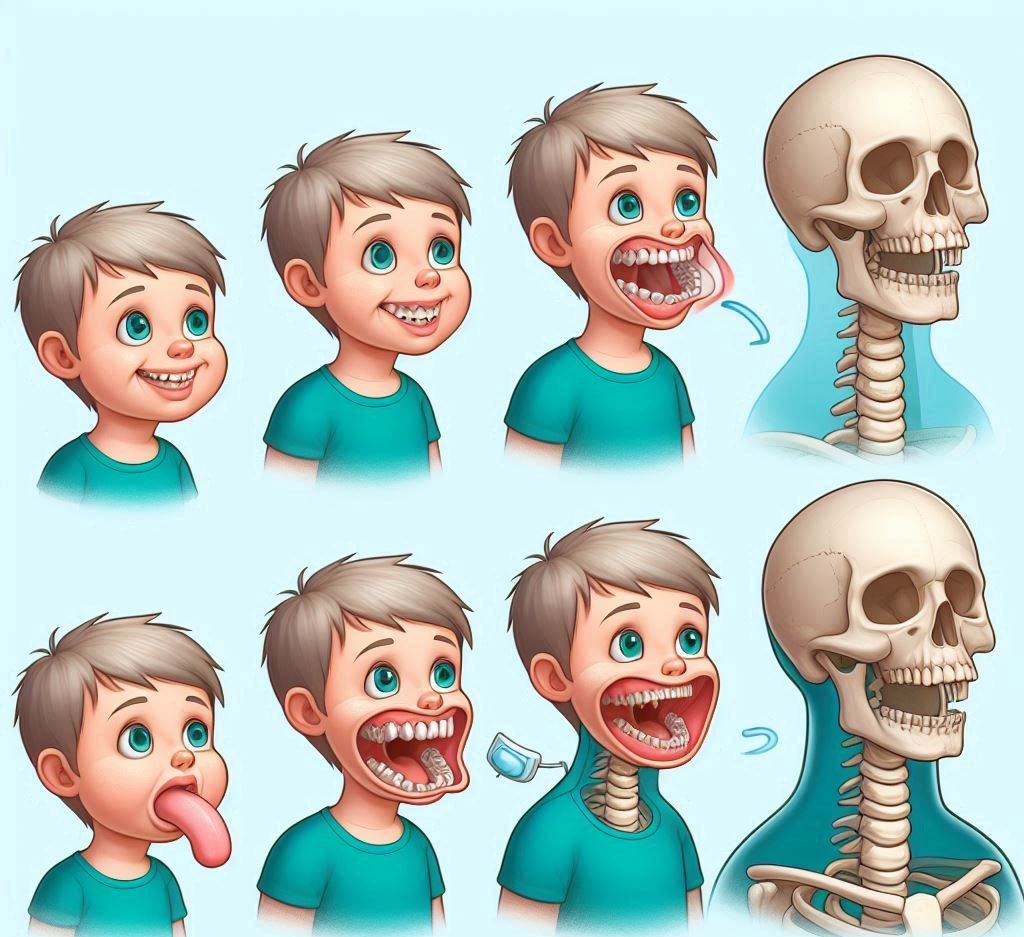Maintaining good oral hygiene is essential not just for a bright smile but also for overall health. Increasing awareness of the connection between oral health and systemic conditions highlights the importance of establishing an effective oral care routine. Poor oral hygiene can lead to issues such as cavities, gum disease, and bad breath, but it can also contribute to more serious health problems, including heart disease and diabetes.
To promote optimal oral health, it’s vital to adopt a consistent routine that includes brushing twice a day with fluoride toothpaste, flossing daily, and using mouthwash for added protection. Regular dental check-ups are equally important for early detection of any issues. By prioritizing oral hygiene, you can significantly reduce the risk of dental problems while enhancing your overall well-being. A commitment to these practices will not only improve your smile but also contribute positively to your overall health. Investing time in your oral care today will yield lasting benefits for years to come.
Understanding Oral Hygiene
Before we dive into the nitty-gritty of building a routine, it’s essential to understand what oral hygiene encompasses. Good oral hygiene involves practices that keep your mouth clean and healthy, thereby preventing cavities, gum disease, and bad breath. Here are the primary components:
1. Brushing
Brushing your teeth is the cornerstone of any oral hygiene routine. The American Dental Association (ADA) recommends brushing twice a day with fluoride toothpaste. Here’s how to make the most of your brushing sessions:
- Technique: Hold your toothbrush at a 45-degree angle to your gums. Use gentle, circular motions to clean the outer surfaces, inner surfaces, and chewing surfaces of your teeth. Brush for at least two minutes.
- Toothbrush Choice: A soft-bristled toothbrush is usually best, as it is gentle on the gums while effectively removing plaque. Replace your toothbrush every three to four months or sooner if the bristles fray.
2. Flossing
Flossing is often overlooked, yet it’s critical for removing food particles and plaque from between your teeth—areas that a toothbrush cannot reach. The ADA recommends flossing once a day. Here’s how to floss effectively:
- Technique: Use about 18 inches of dental floss, winding the ends around your middle fingers. Gently slide the floss between your teeth, curving it around each tooth in a C shape. Be careful not to snap the floss into your gums.
3. Mouthwash
Mouthwash can be a great addition to your oral care routine, offering benefits such as reducing plaque, gingivitis, and bad breath. Look for an antimicrobial mouthwash that contains fluoride to maximize benefits.
- Usage: Rinse with mouthwash after brushing and flossing, following the instructions on the label for the recommended duration.
4. Diet
A balanced diet plays a significant role in oral health. Foods rich in calcium and phosphorus help strengthen tooth enamel, while sugary foods and drinks can contribute to tooth decay.
- Healthy Choices: Incorporate fruits, vegetables, whole grains, and lean proteins into your diet. Cheese and yogurt are excellent for promoting oral health.
5. Regular Dental Visits
Even the best home care routine needs to be supplemented with professional dental care. Regular check-ups, usually every six months, can help catch problems early and ensure that your teeth and gums remain healthy.
Assessing Your Current Habits
The Importance of Self-Assessment
To create an effective oral hygiene routine, start by assessing your current habits. This reflection helps identify strengths and areas for improvement.
- Brushing Frequency: How often do you brush your teeth? Are you brushing for the recommended two minutes?
- Flossing Consistency: Do you floss daily, or is it an occasional practice?
- Product Use: What types of toothpaste and mouthwash do you use? Are they fluoride-based and suitable for your needs?
- Dietary Choices: Do you frequently consume sugary or acidic foods?
- Dental Visits: Are you keeping up with regular dental check-ups?
Keeping a Journal
Consider keeping a journal for a week to track your oral hygiene practices. Note down your brushing and flossing times, any challenges faced, and how you feel about your oral health. This can be an eye-opening exercise and serve as a foundation for change.
Setting Realistic Goals
Establishing Clear Objectives
Once you’ve assessed your habits, it’s time to set achievable goals. Here are some examples:
- Brushing Goals: If you only brush once a day, aim to increase it to twice a day. Set a timer for two minutes to ensure you’re brushing adequately.
- Flossing Goals: If you struggle to floss, start with a few days a week and gradually increase to daily flossing.
- Dietary Changes: If you often snack on sugary foods, aim to replace one unhealthy snack per day with a healthier option.
SMART Goals
To make your goals effective, use the SMART criteria—Specific, Measurable, Achievable, Relevant, and Time-bound. For instance, “I will floss three times a week for the next month” is a SMART goal.
Establishing a Routine
Building Your Daily Schedule
Creating a structured daily routine is essential for maintaining consistency. Here’s a sample oral hygiene routine:
Morning Routine:
- After Breakfast: Brush your teeth for two minutes.
- Floss: Spend a minute flossing your teeth.
- Mouthwash: Rinse with mouthwash for 30 seconds.
Evening Routine:
- Before Bed: Brush your teeth again for two minutes.
- Floss: Floss to remove any food particles from the day.
- Mouthwash: Finish with mouthwash.
Linking Habits
To help your new routine stick, link your oral hygiene practices to existing habits. For example:
- Brush your teeth immediately after breakfast and dinner.
- Floss while watching your favorite TV show in the evening.
Setting Reminders
Use your phone or a planner to set reminders for your oral care tasks. Consistent prompts can help you remember to brush and floss, especially if you have a busy schedule.
Choosing the Right Products
Toothbrush Selection
Choosing the right toothbrush can make a significant difference. Look for:
- Bristle Type: Soft bristles are generally best for most people. Hard bristles can damage gums and enamel.
- Electric vs. Manual: Both can be effective. Electric toothbrushes may help with proper technique and often have built-in timers.
Toothpaste Considerations
When selecting toothpaste, consider:
- Fluoride Content: Fluoride helps strengthen enamel and prevent decay.
- Specific Needs: If you have sensitive teeth, consider toothpaste designed for sensitivity. If you want to whiten your teeth, choose a whitening formula.
Floss Types
Experiment with different types of dental floss to find what works best for you:
- Waxed vs. Unwaxed: Waxed floss may slide more easily between teeth, while unwaxed may provide a better grip.
- Dental Tape: Some people find dental tape easier to use, especially if they have wider gaps between their teeth.
Mouthwash Selection
When choosing mouthwash, look for:
- Alcohol-Free Options: These are less likely to dry out your mouth.
- Antimicrobial Properties: This helps reduce plaque and gingivitis.
Incorporating Oral Hygiene into Your Lifestyle
Making Oral Care a Priority
To establish a lasting routine, make oral hygiene a priority in your life:
- Schedule It: Treat brushing and flossing like any other appointment. Block out time in your daily schedule.
- Involve Family: Encourage family members to join you in your routine. This can make it more enjoyable and reinforce the habit.
Keeping Supplies Accessible
Store your oral hygiene supplies in visible and convenient locations:
- Bathroom Visibility: Keep your toothbrush and floss on the countertop or within easy reach.
- Travel Kits: Consider carrying a travel-sized toothbrush and floss in your bag for on-the-go oral care.
Overcoming Common Obstacles
Time Constraints
In today’s busy world, finding time for oral hygiene can be challenging. Here are some strategies:
- Efficiency: Streamline your routine to fit into a tight schedule. Even if you have only a few minutes, brushing and flossing is better than skipping entirely.
- Morning and Night: Use the time you already spend getting ready in the morning and winding down at night for your oral care.
Forgetfulness
If you often forget to brush or floss, try these tips:
- Visual Reminders: Place sticky notes in your bathroom or set your toothbrush next to your toothpaste as a visual cue.
- Technology: Use apps or alarms on your phone to remind you.
Lack of Motivation
Staying motivated is key to maintaining your routine:
- Set Milestones: Celebrate small victories, like completing a month of consistent flossing, with a small treat or reward.
- Focus on Benefits: Remind yourself of the long-term benefits, such as fewer dental visits, better breath, and a confident smile.
Special Considerations
Oral Hygiene for Children
Teaching children about oral hygiene early sets the stage for a lifetime of good habits. Here are some tips:
- Fun Tools: Use colorful toothbrushes and flavored toothpaste to make brushing exciting.
- Involvement: Let children choose their dental products to encourage participation.
- Routine: Establish a consistent brushing and flossing routine that they can follow.
Oral Care for Seniors
As we age, oral hygiene becomes even more critical. Seniors may face unique challenges:
- Dry Mouth: Many medications can cause dry mouth, increasing the risk of cavities. Encourage hydration and consider saliva substitutes.
- Accessibility: Ensure that toothbrushes and floss are easy to access and use. Electric toothbrushes can be helpful for those with limited dexterity.
The Role of Technology in Oral Hygiene
- Smart Toothbrushes: Many modern toothbrushes come with smart technology, offering features like timers, pressure sensors, and app connectivity to track your brushing habits. These can be particularly useful for ensuring you’re maintaining proper technique.
- Mobile Apps: Numerous mobile apps are designed to help you stay on track with your oral hygiene routine. They can send reminders, track your progress, and even provide educational resources.
- Online Resources: Leverage online resources, such as videos and articles, to enhance your knowledge about oral health. Many dental practices offer informative blogs and social media content that can be beneficial.
The Impact of Oral Hygiene on Overall Health
Understanding the Connection
Research has shown a strong link between oral health and overall health. Poor oral hygiene can contribute to a range of systemic conditions, including:
- Heart Disease: Inflammation caused by gum disease can increase the risk of heart problems.
- Diabetes: Gum disease can make it more challenging to control blood sugar levels.
- Respiratory Issues: Bacteria from oral infections can be inhaled into the lungs, leading to respiratory infections.
Mental Health and Confidence
Good oral hygiene not only affects physical health but also has a psychological impact. A healthy smile boosts confidence and self-esteem, contributing positively to social interactions and mental well-being.
Conclusion
Creating a personalized oral hygiene routine is vital for maintaining overall health. By grasping the fundamentals of oral care, evaluating your current habits, setting achievable goals, and establishing a consistent routine, you can achieve a healthier smile.
Start by brushing twice a day with fluoride toothpaste and flossing daily to remove plaque and food particles. Consider incorporating mouthwash for additional protection. Assess your dietary choices and aim to reduce sugary snacks, opting instead for healthier alternatives. Setting realistic goals is crucial; for instance, if you’re not flossing regularly, begin by committing to it a few times a week and gradually increase. Consistency is key to making these habits stick.
The benefits of a solid oral hygiene routine are significant: you’ll experience fewer dental issues, fresher breath, and increased self-confidence. Make your oral health a priority today, and you’ll reap the rewards for years to come. Remember, a healthy smile contributes not just to your appearance but also to your overall well-being.
SOURCES
American Dental Association – Comprehensive information on various oral health topics, including brushing, flossing, and more.
Centers for Disease Control and Prevention – Oral Health
Mayo Clinic – Oral Care: Dental Health Basics
HISTORY
Current Version
October 16, 2024
Written By:
SUMMIYAH MAHMOOD




